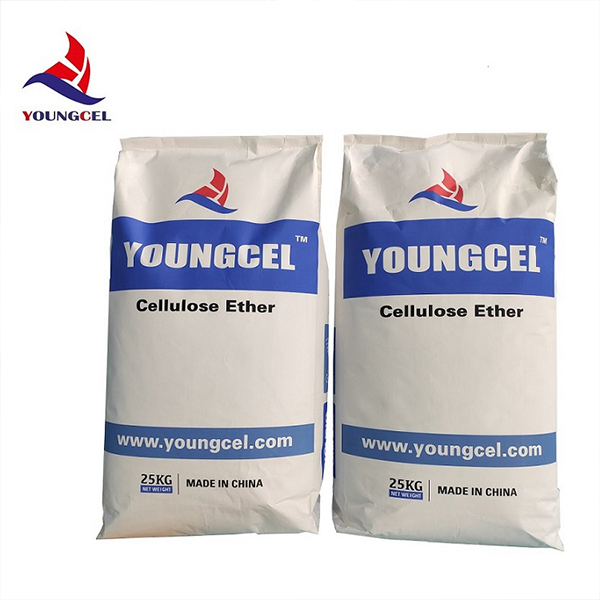Understanding RDP Powder The Versatility of Redispersible Polymer in Construction and Adhesives
Redispersible polymer powder (RDP) represents a significant advancement in construction materials, particularly in the formulation of adhesives, mortars, and various other construction products. An essential component of modern construction chemistry, RDPs are a type of dry polymer that, when mixed with water, can redisperse to form a stable dispersion. This unique property offers a range of benefits, making RDPs indispensable in today’s construction industry.
The Composition and Properties of RDPs
RDPs are primarily composed of various types of thermoplastic polymers, such as ethylene-vinyl acetate (EVA), styrene-butadiene (SB), and polyvinyl acetate (PVA). These polymers are produced through the emulsion polymerization process and then dried into a fine powder. When water is added, the powder redistributes into a uniform mixture, allowing the polymers to contribute their properties effectively.
One of the most significant advantages of RDPs is their ability to enhance the mechanical properties of construction materials. They improve adhesion, flexibility, and resistance to water and weathering, thus extending the life and durability of the final product. This is particularly vital in applications where materials are exposed to harsh environmental conditions.
Applications in Construction
RDPs are widely used in a variety of applications across the construction sector. A common use is in tile adhesives, where RDPs enhance the bond strength and improve the workability of the mortar. They also provide excellent water resistance, which is essential for indoor and outdoor settings. In addition to tile adhesives, RDPs are integral to render systems, flooring compounds, and repairing materials, elevating the performance across these products.
rdp powder redispersible polymer

Moreover, RDPs are crucial in the production of basecoat and finish plaster systems. The use of RDPs in these materials results in improved flexibility and reduced cracking, increasing the longevity and aesthetic quality of the surfaces treated.
Environmental Considerations
As construction practices evolve, so does the focus on sustainability. RDPs can play a vital role in this initiative. Many RDPs are manufactured with a lower environmental impact compared to traditional polymer emulsions. Additionally, the use of RDPs helps reduce waste as they allow for thinner applications and promote longer-lasting results, leading to less frequent repairs or maintenance.
Challenges and Considerations
Despite their numerous benefits, there are challenges associated with the use of RDPs. For instance, the compatibility of RDPs with other materials must be carefully assessed to avoid issues during formulation. Furthermore, RDPs can be sensitive to humidity and may lose their effectiveness if not stored properly. As such, manufacturers and applicators must ensure that appropriate handling protocols are followed to maximize the potential of RDPs in their products.
Conclusion
In summary, redispersible polymer powder (RDP) is a significant innovation in construction chemistry, offering versatility and enhanced performance across a myriad of applications. Their ability to improve adhesion, flexibility, and weather resistance makes them vital in the formulation of adhesives and other construction materials. As the construction industry continues to strive for greater durability and sustainability, RDPs will undoubtedly play an essential role in shaping the future of building practices. Through ongoing research and development, the potential for RDPs will continue to expand, paving the way for even more innovative applications in construction chemistry.
-
Premium Detergent Grade HPMC Hydroxypropyl Methylcellulose: Superior Thickening & StabilityNewsAug.31,2025
-
HEC 100000 Hydroxyethylcellulose for Paint | Superior ThickeningNewsAug.30,2025
-
Wall Putty Rdp Powder Packaging DesignNewsAug.29,2025
-
Introduction to Hpmc Hydroxypropyl Methyl CellulosNewsAug.29,2025
-
Hpmc Industri Grade IntegrationNewsAug.29,2025
-
How to Choose the Right Construction AdhesiveNewsAug.29,2025




